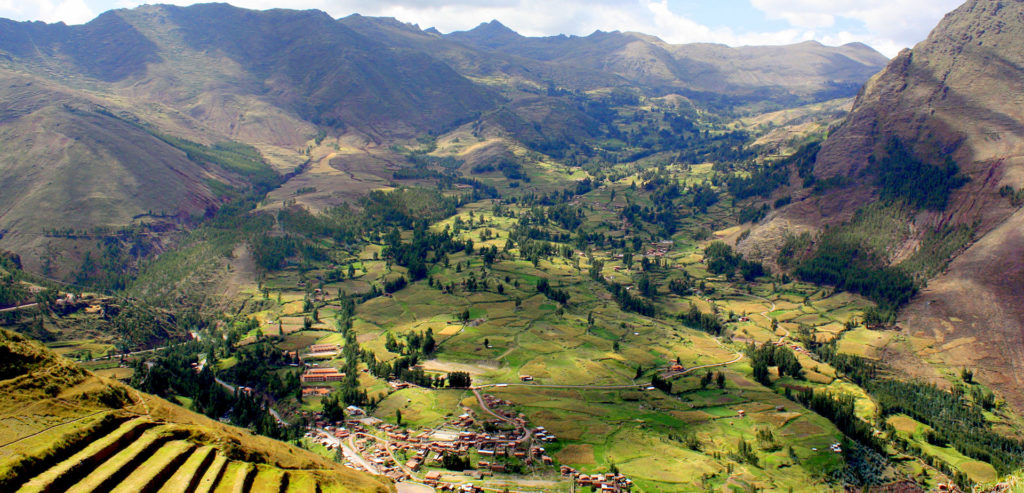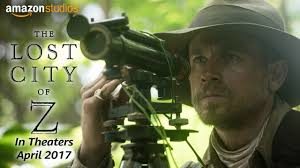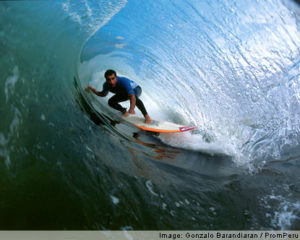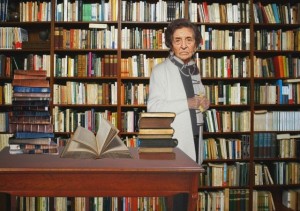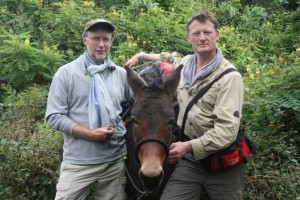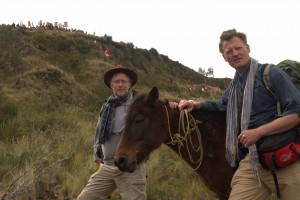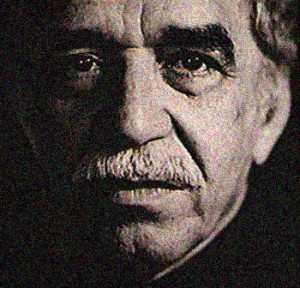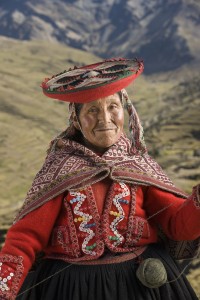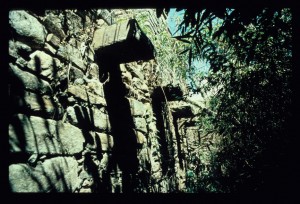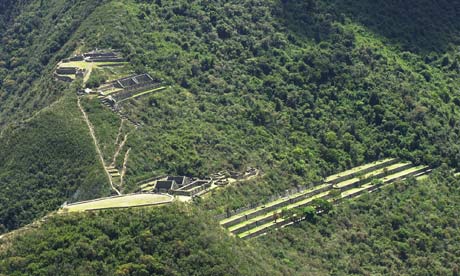The new Peru Show at the British Museum is a Triumph. But…
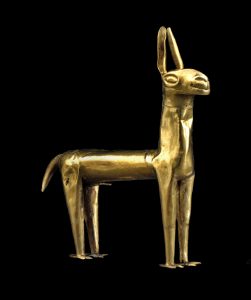 A big new show about Peru has just opened at the British Museum to showcase the almost four millennia of Peruvian civilisation that preceded the destructive arrival of the Spanish.
A big new show about Peru has just opened at the British Museum to showcase the almost four millennia of Peruvian civilisation that preceded the destructive arrival of the Spanish.
It’s the first at the museum since almost the Second World War, so quite a moment to have a look at the Incas and their predecessors.
I’m pleased to report that thanks to energetic and intelligent curatorship from Jago Cooper (known to TV audiences for his work on presenting Latin American archaeology) and Cecilia Pardo, this is a triumphant success.
That said, the curators have their work cut out. Although using some of the central main space in the British Museum, it’s a smaller show than others have been, so needs to be concentrated.
And I know only too well from my Cochineal Red book – being sold alongside the exhibition – the challenges already involved in trying to present the huge span of Peruvian prehistory to an audience who may be unfamiliar with the route map of the rise and fall of its civilisations. …
The new Peru Show at the British Museum is a Triumph. But…Read More »
The new Peru Show at the British Museum is a Triumph. But… Read More »

